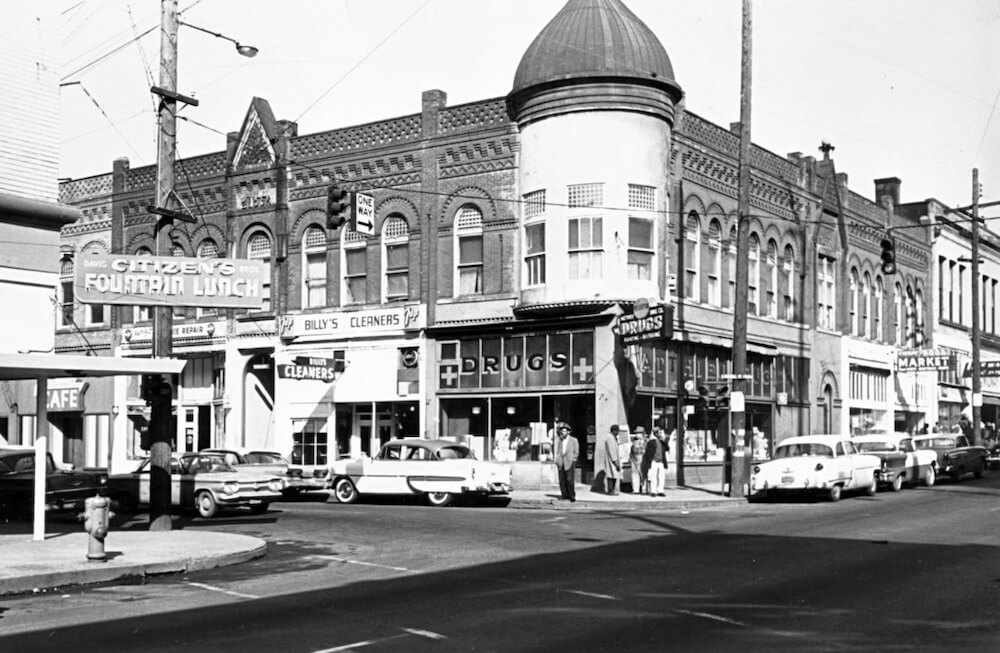We were recently made aware of a very well-done science-based report by the American Council for an Energy-Efficient Economy (ACEEE) titled “Protecting the Health of Vulnerable Populations with In-Home Energy Efficiency: A Survey of Methods for Demonstrating Health Outcomes” [1]. In it, the authors, Sara Hayes and Ronald Denson Jr., lay out an important case for how energy efficiency and public health intersect.
Energy Efficiency is Good Health
Besides being a cost-saving measure, energy efficiency can function as a proxy for health outcomes. Lower energy costs free up assets for acute needs such as health care and nutrition, especially for frontline communities bearing unfair burdens. Also, reduced energy use means less fossil fuel emissions, leading to a decrease in harmful air pollution.
Hayes and Denson Jr. note that many of the programs designed to implement these energy efficiency measures involve evaluating homes for substandard or blighted conditions. These assessments, although key to safety and public health, can evoke feelings of distrust. This is particularly true among Black and African American communities. To understand this, one must look to the historical context, much of which revolves around controversial urban renewal projects.
Urban Renewal Impacted Trust
In the 1960s and 70s, “urban renewal” often displaced entire communities [2]. One such instance occurred in North Portland. The expansion of Emmanuel Hospital and the construction of the Memorial Coliseum resulted in the demolition of 171 households, along with numerous businesses and a school [3]. Of these households, 74% were Black and 32% were homeowners, many owning their home outright [3].
To take the land, authorities applied the labels “substandard” or “blighted” [2] to many houses in the predominantly Black Albina neighborhood. These were the same communities of people that had been “redlined” by government programs into the area in the first place.
One child resident at the time, Donna Maxey, attests that many homes, including her parents’, were well-maintained and far from substandard. Despite protests from residents [4], hundreds of African American adults and children were displaced to make way for developments that were never fully realized.
Let BuildingLens Empower
Your Building Community Today.
Moving Forward with Trust
The fallout from these actions is still felt today. The experience of the Albina community is not isolated. It’s part of a broader national pattern where urban renewal projects unfairly targeted Black and other marginalized communities [2], sowing seeds of distrust that persist to this day.
Thus, when well-intentioned programs propose to evaluate homes for blighted conditions, they unwittingly revive bad memories. Urban renewal projects and the resulting displacement continue to reverberate today. Because of this, these programs can appear intrusive or threatening to Black and African American communities, limiting the programs’ effectiveness.
Acknowledging this history of urban renewal and redlining is needed to design more culturally responsive programs. As Hayes and Denson Jr. suggest, programs do need to address common substandard housing conditions. They also need to take into account the unfair burdens borne by disadvantaged communities. Importantly, these programs must prioritize building trust. This is done through greater community involvement and transparent communication. Local leaders, already established and trusted in the community, must work together to bring the information members of priority populations need to thrive in the clean energy economy.
Remembering the stories of residents like Donna Maxey, and the broader story of neighborhoods like Albina, is not just about recalling the past. It’s about shaping a more inclusive and equitable future.
Bibliography & Footnotes
1 Hayes, S., & Denson, R., Jr. (2019). Protecting the Health of Vulnerable Populations with In-Home Energy Efficiency: A Survey of Methods for Demonstrating Health Outcomes. American Council for an Energy-Efficient Economy. https://www.aceee.org/research-report/h1901
2 Gold, M. E., & Sagalyn, L. B. (2011). The Use and Abuse of Blight in Eminent Domain. Fordham Urban Law Journal, 38(4), 1119-1172. https://ir.lawnet.fordham.edu/ulj/vol38/iss4/5
3 The Emmanuel project demolished 158 residential properties including single family residential, rooming houses, and apartment buildings.
4 Woolley, J. (2012). Reconciliation Project – The Emanuel Hospital Urban Renewal Project History. Prosper Portland. https://prosperportland.us/wp-content/uploads/2017/04/Reconciliation-Project-Emanuel-Hospital-Urban-Renewal-Project-History.pdf
